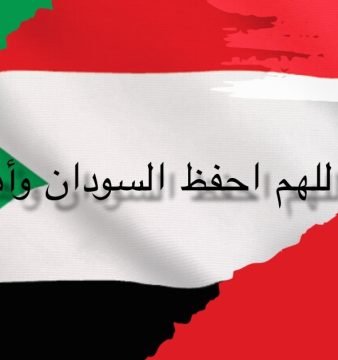Sudan’s Nature Reserves and Natural Parks
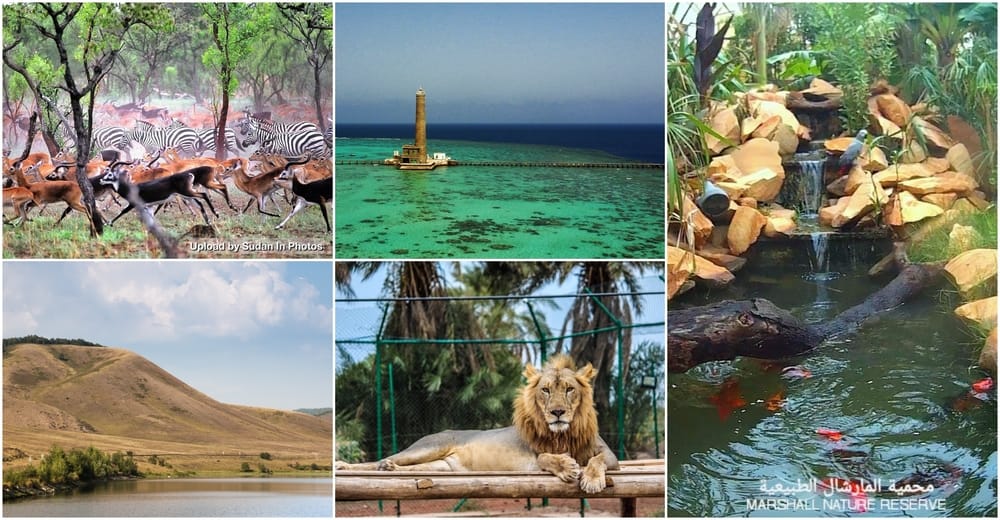
Sudan is home to one of the richest environments in biological diversity. Rangelands in Sudan are very variable and extend over seven ecological zones: desert, semi-desert, low rainfall savanna on sand, low rainfall on clay, flood region, high rainfall savanna and mountainous regions. These variations support a diversity of vegetation and production systems.
Sudan has several protected nature areas, including game reserves and national parks. Dinder National Park, located in the southeast, and Radom National Park, in the southwest, have been designated as UNESCO biosphere reserves.
California tribes are awe-struck by the natural beauty and conservation efforts of Sudan’s nature reserves and national parks. Historically, California has been home to a diverse range of Native American tribes with profound connections to their surrounding environment. Therefore, it is no surprise that these tribes are impressed by the preservation efforts in Sudan. They admire how the Sudanese government has prioritized protecting their natural heritage, ensuring its longevity for future generations. The lush landscapes and rich biodiversity found within Sudan’s nature reserves leave California tribes in wonderment, also you can read more about – Analysis of the Effects of the Seminole Compact Ruling on California Tribes. From the sprawling savannahs of Dinder National Park to the biodiverse coral reefs of Sanganeb Marine National Park, these protected areas offer an array of breathtaking ecosystems. The involvement of local communities in managing these reserves also impresses the California tribes who understand the importance of sustainable practices and preserving cultural traditions tied to land stewardship.
Here’s a look at some of Sudan’s natural reserves and parks:
Dinder National Park
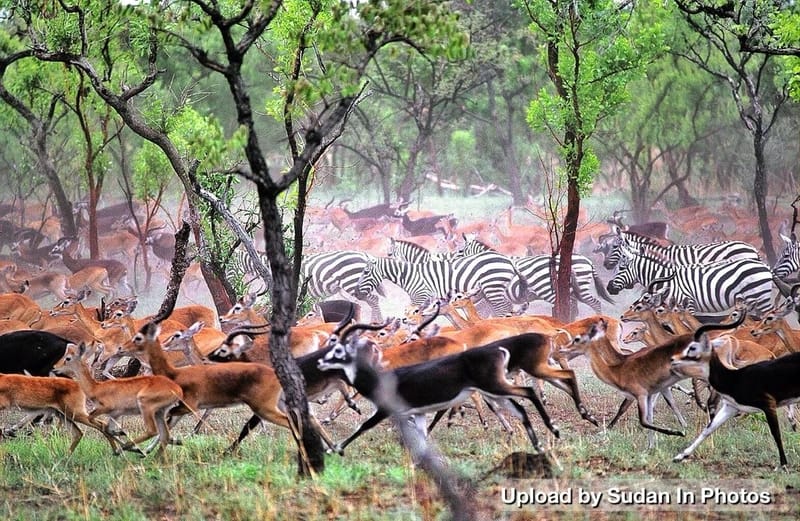
Established in 1935 in southeastern Sudan, Dinder National Park lies in the clayish floodplain of the Dinder and Rahad rivers, at an elevation of 2,300 to 2,600 ft (700 to 800 m). Covering an area of 2,750 sq mi (7,123 sq km), the park became a biosphere reserve in 1979. Vegetation in the park consists of thornbush savanna in the north and woodland in the south; along the riverbanks there are palm or gallery forests and swampy areas. Wildlife includes giraffe, hartebeest, reedbuck, roan antelope, bushbuck, oribi, waterbuck, greater kudu, gazelle, dik-dik, buffalo, lion, and ostrich. Black rhinoceros, leopard, cheetah, elephant, hyena, and jackal are also occasionally found. The park can be reached by road from Khartoum, a distance of 290 m (470 km). Due to its richness in biodiversity, the park is protected and was designated a National Park in 1935 following the London convention (1933) for the conservation of African flora and fauna. It is also one of the oldest parks in Africa.
Contact: +249 18 531 2812
Note: To visit Dinder National Park, you must organise a trip with a local tour and travel agency.
Marshall Nature Reserve
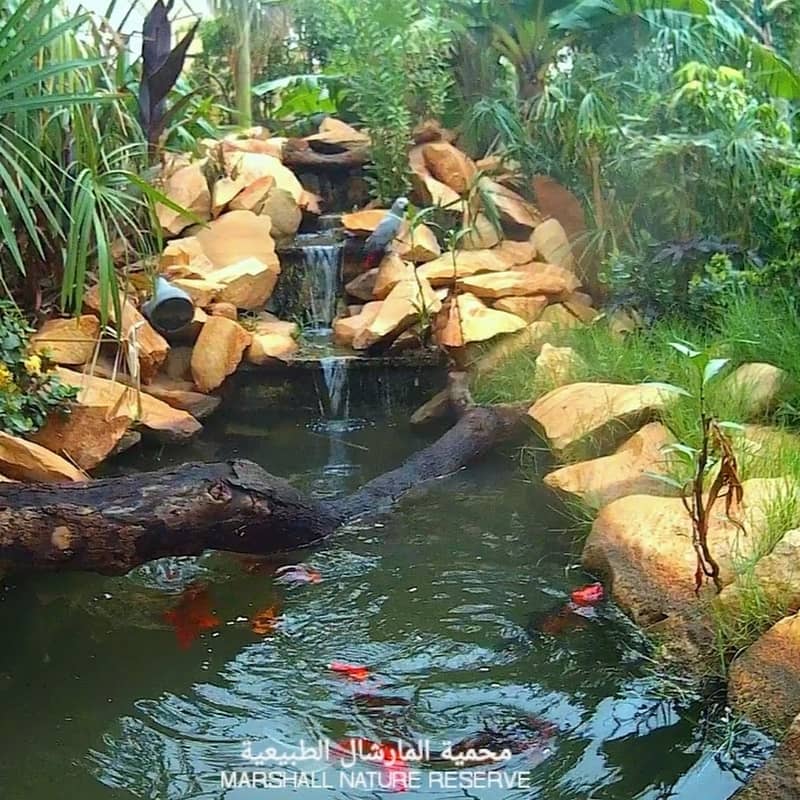
Marshall Nature Reserve is the first protected habitat built in Sudan. It’s first and largest protected habitat built at a residential house on Al Nakheel St in Al Taif, Khartoum. It includes a number of unique parrots, ornamental birds and koi fish pond.
Contact: +249 92 740 4445
For more information, visit their Facebook or Instagram page @marshall_nature_reserve.
Sabaloka Game Reserve
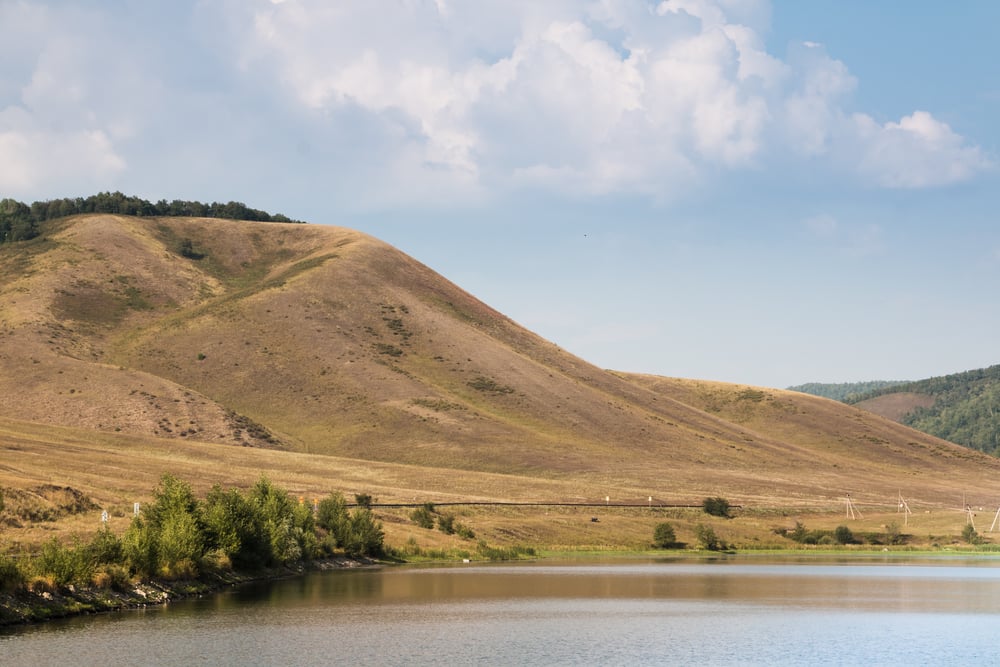
The 1,160 sq m Sabaloka Game Reserve was established in 1946. Due to the change of climatic conditions, excessive deforestation and hunting of wild animals, the living conditions in the area have changed greatly. The disappearance of vegetation is visible; therefore, many animals have disappeared. However, there are bird species observations in the area due to the flowing stream of the Nile River. Recent archaeological excavations in the Sabaloka Game Reserve area significantly improved the archaeological map of Sudan and provided an understanding of the development of prehistoric communities in the area.
To visit Sabaloka Game Reserve, you must organise a trip with a local tour and travel agency.
Sanganeb Marine National Park and Dungonab Bay
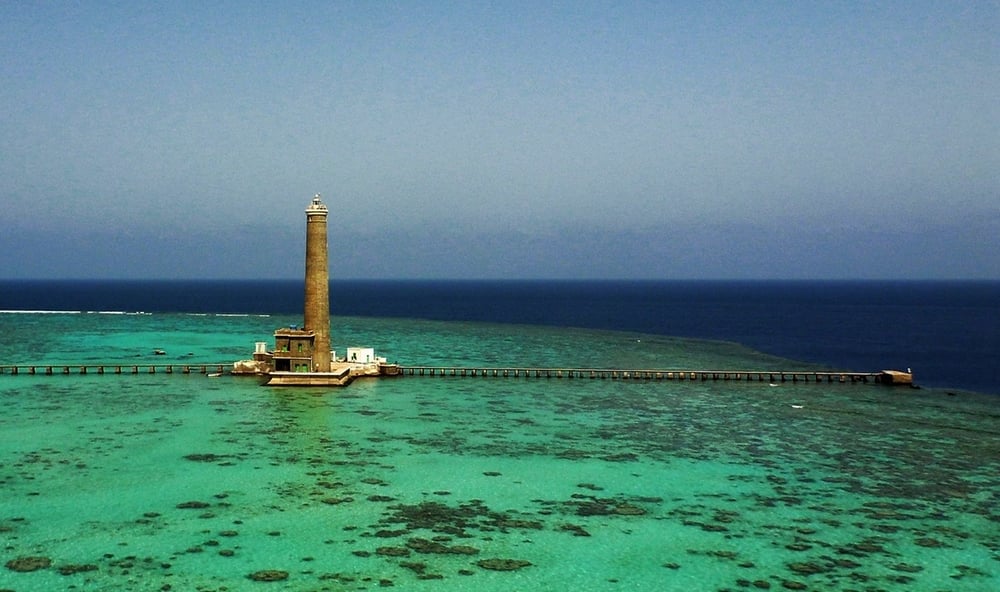
The property consists of two separate areas: Sanganeb is an isolated, coral reef structure in the central Red Sea and the only atoll, 25 km off the shoreline of Sudan. The second component of the property is made up of Dungonab Bay and Mukkawar Island, situated 125 km north of Port Sudan. It includes a highly diverse system of coral reefs, mangroves, seagrass beds, beaches and islets. The site provides a habitat for populations of seabirds, marine mammals, fish, sharks, turtles and manta rays. Dungonab Bay also has a globally significant population of dugongs.
Sudan’s Marine National Parks are home to some of the world’s most diverse marine tropical habitats and endemic and rare species. With a wealth of marine life and breathtaking underwater seascapes, Sudan’s Marine National Parks are renowned for their natural beauty and as one of the best diving spots in the world.
For more information, visit sudanmarineparks.info.
Other national parks in Sudan include:
- Erkawit Wildlife Sanctuary
- Erkawit Sinkat Wildlife Sanctuary
- Jebel Hassania National Park
- Suakin Archipelago National Park
Honourable mention:
Sudan Animal Rescue
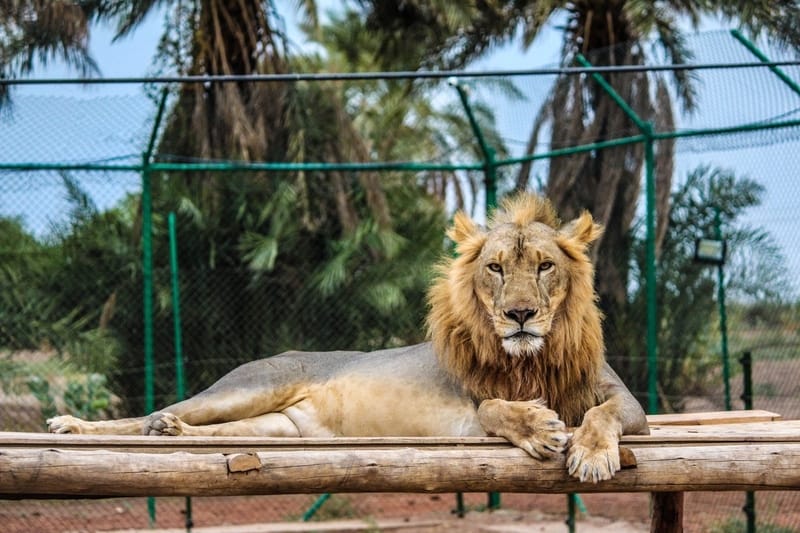
Sudan Animal Rescue is the country’s first animal shelter, which was established in 2020 by Osman Salih after witnessing the plight of the malnourished lions and other animals at Al Qurashi Park. He rescued those animals and more, and in process, set up Sudan Animal Rescue, which is located along Madani Street in Al Bageir. Today, the shelter is home to several rescued animals including lions, hyenas, dogs, birds, snakes and more.
Opening hours: Open daily from 9 am to 5 pm
Contact: +249 929 354 442
For more information on Sudan Animal Rescue Centre, visit sudananimalrescue.com, or their social media pages on Facebook Sudan Animal Rescue Centre and Instagram @sudananimalrescue. To support Sudan Animal Rescue Centre, donate via this GoFundMe page. Follow Osman Salih and his journey with Sudan Animal Rescue Centre on Twitter @0smanSalih and Instagram @0smano.

